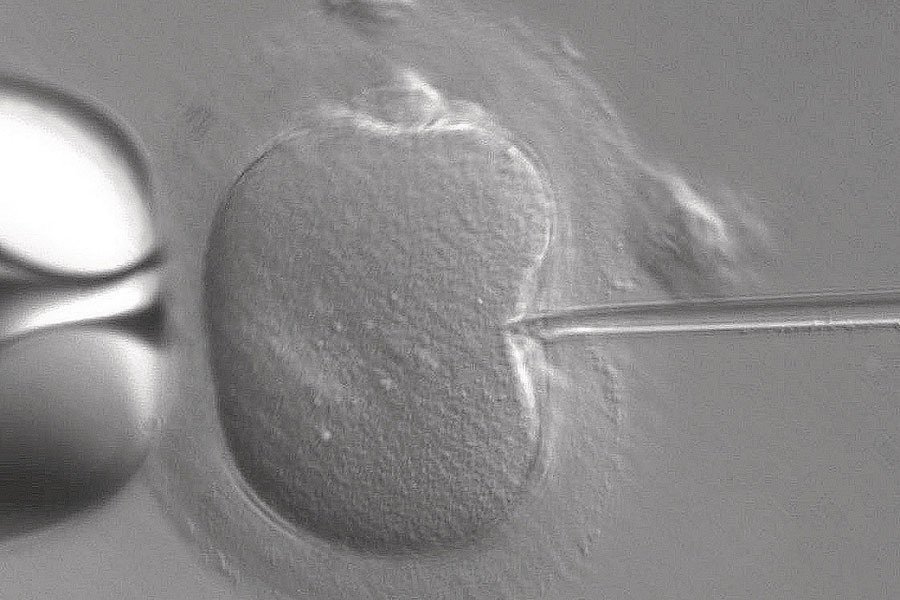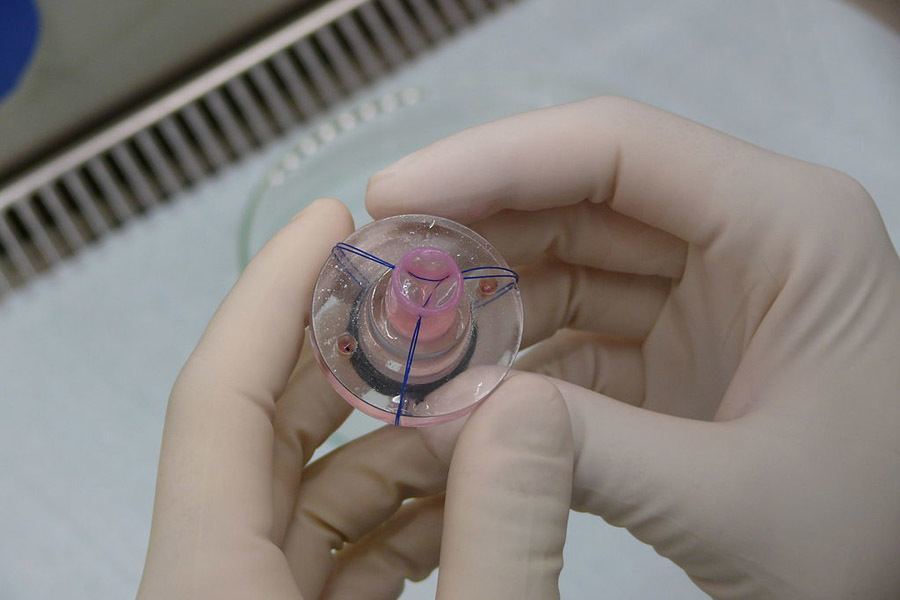5. The UK approves three-person in-vitro fertilization, which can help eliminate certain diseases.

In-vitro fertilization. Image Source: Flickr
After a February vote, UK fertility clinics gained the ability to create what some have deemed “three-parent babies.” In this procedure, in-vitro fertility clinicians use the DNA material of both intended parents, plus minimal DNA from an egg donor if the intended mother’s mitochondria is damaged. Mitochondria convert food into usable energy, and are only passed down by the mother. If the mother’s mitochondria are genetically damaged, this can mean that the future baby may have have insufficient energy to keep the heart beating. The donor mitochondria is meant to replace the damaged mitochondria, thus producing a healthy baby.
Next up comes questions of licensing. Once the regulatory framework is set up, researchers expect the first “three-person baby” to be born next year.
6. Harvard Bioengineers create cyborg tissue.

Engineered heart valve tissue. Image Source: Wikimedia Commons
The history of cyborg tissue goes back a few years, when bio-engineers at Harvard University grew rat tissue at nanoscale – using collagen as a 3D scaffold of sorts. Back then, the researchers used the tissue mainly as a sensor network for medical testing. Researchers later wove nanowires and transistors into the scaffold, where they were able to create a half-living, half-machine blood vessel. Fast forward three years, and they have now successfully injected a nanoscale nerve scaffold into the brains of mice, without damage. What does any of this mean? We’re one step closer to treating diseases like Parkinson’s, or afflictions like paralysis.
“This opens up a completely new frontier where we can explore the interface between electronic structures and biology,” says Charles Lieber, the lead researcher. The next step is to “wire up tissue and communicate with it in the same way a biological system does.”





